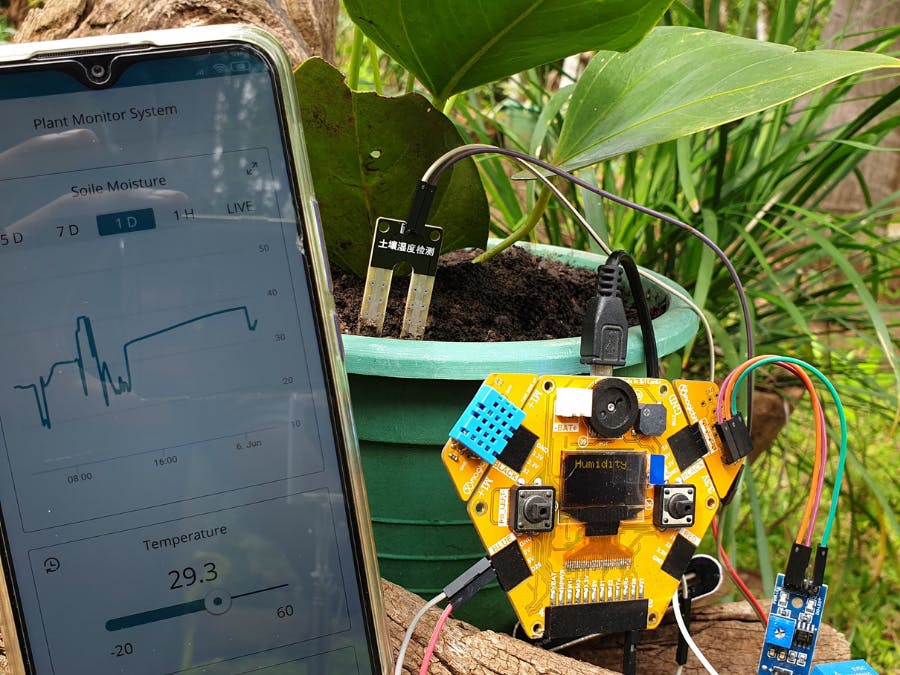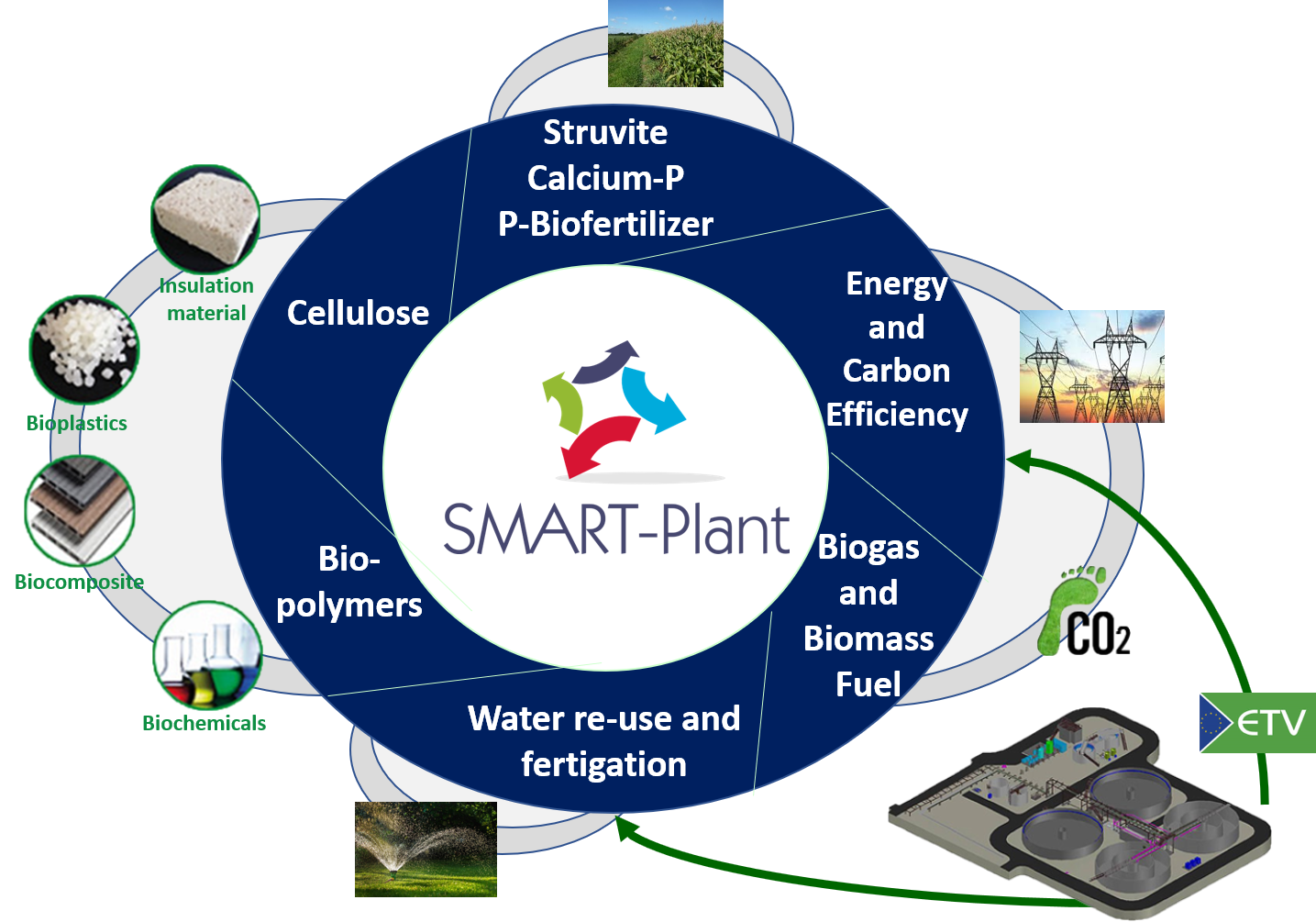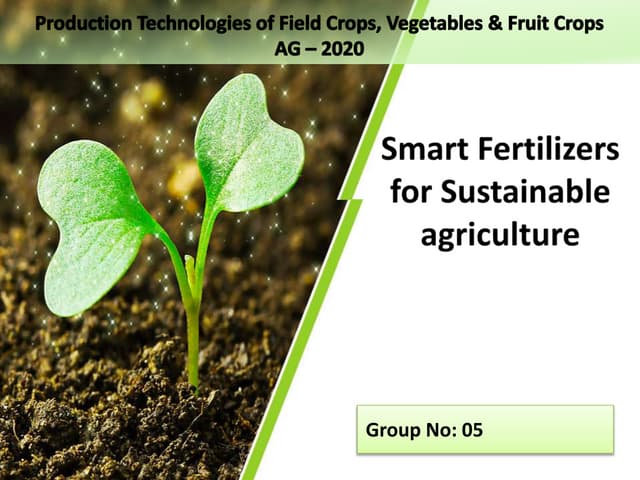The Dawn of Data-Driven Agriculture: Why Smart Planting Sensors are Essential
Agriculture, the bedrock of civilization, is undergoing a profound transformation. No longer solely reliant on intuition and tradition, farming is increasingly embracing technology to optimize yields, conserve resources, and ensure sustainable practices. At the forefront of this agricultural revolution are smart planting sensors – sophisticated devices that act as the eyes and ears of the modern farmer, providing real-time insights into the soil, the plants, and the surrounding environment.
Imagine a world where farmers can precisely monitor soil moisture levels, nutrient concentrations, and temperature fluctuations, all from the convenience of their smartphones. Envision the ability to detect early signs of plant stress or disease, allowing for timely intervention and preventing widespread crop losses. This is the promise of smart planting sensors, and it’s a promise that’s rapidly becoming a reality.
This comprehensive guide delves into the world of smart planting sensors, exploring their functionality, benefits, implementation strategies, and the challenges that lie ahead. Whether you’re a seasoned farmer, an agricultural researcher, or simply someone interested in the future of food production, this article will provide you with a thorough understanding of this groundbreaking technology.
The Core Functionality of Smart Planting Sensors: A Detailed Overview
Smart planting sensors are not monolithic devices; they encompass a diverse range of technologies designed to measure various parameters crucial for plant growth and health. Understanding the different types of sensors and their specific functionalities is essential for choosing the right tools for your particular needs.
- Soil Moisture Sensors: These sensors measure the volumetric water content in the soil, providing farmers with critical information for irrigation management. By knowing the precise moisture levels, farmers can avoid overwatering, which can lead to root rot and nutrient leaching, or underwatering, which can stunt plant growth and reduce yields. Different technologies are used, including capacitive sensors, time-domain reflectometry (TDR) sensors, and tensiometers.
- Nutrient Sensors: These sensors analyze the concentration of essential nutrients in the soil, such as nitrogen, phosphorus, and potassium (NPK). By monitoring nutrient levels, farmers can optimize fertilizer application, ensuring that plants receive the right amount of nutrients at the right time. This not only improves yields but also reduces fertilizer runoff, minimizing environmental pollution.
- Temperature Sensors: Soil temperature plays a vital role in seed germination, root development, and overall plant growth. Temperature sensors monitor soil temperature fluctuations, allowing farmers to adjust planting schedules and implement protective measures against frost or excessive heat.
- pH Sensors: Soil pH affects the availability of nutrients to plants. pH sensors measure the acidity or alkalinity of the soil, enabling farmers to adjust soil pH through amendments like lime or sulfur, ensuring optimal nutrient uptake.
- Electrical Conductivity (EC) Sensors: EC sensors measure the salinity of the soil, indicating the concentration of dissolved salts. High salinity can inhibit plant growth and reduce yields. By monitoring EC levels, farmers can identify areas with salinity problems and implement appropriate remediation strategies.
- Optical Sensors: These sensors use light to assess plant health and vigor. They can measure chlorophyll content, leaf area index, and other indicators of plant stress or disease. Some optical sensors can even detect specific diseases before they become visible to the naked eye.
- Weather Sensors: While not directly embedded in the soil, weather sensors are often integrated into smart planting systems to provide comprehensive environmental data. These sensors measure air temperature, humidity, rainfall, wind speed, and solar radiation, providing farmers with a holistic view of the growing conditions.
The Multifaceted Benefits of Implementing Smart Planting Sensors
The adoption of smart planting sensors offers a plethora of benefits for farmers, ranging from increased yields and reduced costs to improved resource management and environmental sustainability. Here’s a closer look at some of the key advantages:
- Increased Yields: By providing real-time data on soil conditions and plant health, smart planting sensors enable farmers to optimize irrigation, fertilization, and pest control, leading to significant increases in crop yields. Precisely meeting the needs of the plants at each growth stage results in healthier, more productive crops.
- Reduced Costs: Smart planting sensors can help farmers reduce costs by optimizing resource utilization. By avoiding overwatering and over-fertilizing, farmers can save on water, fertilizer, and energy expenses. Furthermore, early detection of plant diseases can prevent widespread crop losses, reducing the need for costly treatments.
- Improved Water Management: Water scarcity is a growing concern in many agricultural regions. Smart planting sensors enable farmers to use water more efficiently by providing precise data on soil moisture levels. This allows them to irrigate only when and where it’s needed, conserving water and reducing water bills.
- Optimized Fertilizer Application: Over-fertilization can lead to environmental pollution and wasted resources. Smart planting sensors help farmers apply fertilizer more precisely, ensuring that plants receive the right amount of nutrients without excess runoff. This not only reduces fertilizer costs but also minimizes the environmental impact of agriculture.
- Early Disease Detection: Early detection of plant diseases is crucial for preventing widespread crop losses. Smart planting sensors can detect subtle changes in plant health that may indicate the presence of disease, allowing farmers to take timely action and prevent outbreaks.
- Enhanced Decision-Making: Smart planting sensors provide farmers with valuable data that can inform their decision-making. By analyzing data on soil conditions, plant health, and weather patterns, farmers can make more informed decisions about planting schedules, irrigation strategies, and pest control measures.
- Sustainable Agriculture: Smart planting sensors promote sustainable agricultural practices by optimizing resource utilization and minimizing environmental impact. By reducing water consumption, fertilizer runoff, and pesticide use, farmers can contribute to a more sustainable and environmentally friendly agricultural system.
- Remote Monitoring and Automation: Many smart planting sensor systems offer remote monitoring capabilities, allowing farmers to track their crops from anywhere in the world. Some systems also support automation, enabling farmers to automatically adjust irrigation and fertilization based on sensor data.
Navigating the Implementation Process: A Step-by-Step Guide
Implementing smart planting sensors can seem daunting, but with careful planning and execution, it can be a smooth and rewarding process. Here’s a step-by-step guide to help you get started:
- Define Your Goals: Before you start shopping for sensors, take some time to define your goals. What specific problems are you trying to solve? What data do you need to collect? What are your budget constraints? Answering these questions will help you choose the right sensors and system for your needs.
- Choose the Right Sensors: Select sensors that are appropriate for your crops, soil type, and climate. Consider the accuracy, reliability, and durability of the sensors. Read reviews and compare different models before making a decision.
- Select a Data Platform: You’ll need a platform to collect, store, and analyze the data from your sensors. Choose a platform that is user-friendly, offers the features you need, and integrates well with your existing farm management systems. Cloud-based platforms are often a good option, as they offer scalability and accessibility.
- Install the Sensors: Follow the manufacturer’s instructions carefully when installing the sensors. Ensure that the sensors are properly calibrated and positioned to provide accurate readings. Consider the spacing and depth of the sensors to ensure representative data collection.
- Connect the Sensors to the Data Platform: Connect the sensors to the data platform using a wireless connection, such as Wi-Fi, cellular, or LoRaWAN. Ensure that the connection is stable and reliable.
- Calibrate and Test the System: Calibrate the sensors and test the system to ensure that it is working properly. Compare the sensor readings with manual measurements to verify accuracy.
- Collect and Analyze Data: Start collecting data and analyzing it to identify trends and patterns. Use the data to optimize your irrigation, fertilization, and pest control strategies.
- Monitor and Maintain the System: Regularly monitor the system to ensure that it is functioning properly. Replace batteries, clean sensors, and update software as needed.
- Iterate and Improve: Continuously evaluate the performance of the system and make adjustments as needed. Experiment with different sensor configurations and data analysis techniques to optimize your results.
Addressing the Challenges and Overcoming Obstacles
While smart planting sensors offer numerous benefits, there are also challenges associated with their implementation. Addressing these challenges is crucial for ensuring the successful adoption of this technology.
- Cost: The initial cost of purchasing and installing smart planting sensors can be a barrier for some farmers, especially those with limited resources. However, the long-term benefits of increased yields, reduced costs, and improved resource management can often outweigh the initial investment. Government subsidies and financing options may also be available to help farmers offset the cost.
- Complexity: Smart planting sensor systems can be complex, requiring technical expertise to install, configure, and maintain. Farmers may need to invest in training or hire consultants to help them manage the system. However, many vendors offer user-friendly interfaces and technical support to simplify the process.
- Data Overload: Smart planting sensors can generate a large amount of data, which can be overwhelming for farmers to process and analyze. Farmers need to develop strategies for managing and interpreting the data effectively. Data visualization tools and analytical software can help to simplify the process.
- Connectivity: Reliable internet connectivity is essential for transmitting data from sensors to the data platform. In some rural areas, internet connectivity may be limited or unreliable. Farmers may need to invest in satellite internet or other alternative connectivity solutions.
- Data Security: Data security is a growing concern in the digital age. Farmers need to ensure that their data is protected from unauthorized access and cyberattacks. Implementing strong passwords, using secure data platforms, and regularly backing up data are essential security measures.
- Sensor Durability: Sensors deployed in the field are exposed to harsh environmental conditions, such as extreme temperatures, moisture, and physical damage. Farmers need to choose durable sensors that can withstand these conditions. Regular maintenance and calibration are also essential for ensuring sensor accuracy and longevity.
- Integration with Existing Systems: Integrating smart planting sensor systems with existing farm management systems can be challenging. Farmers need to choose systems that are compatible with their existing infrastructure and software. Open-source platforms and standardized protocols can facilitate integration.
The Future of Smart Planting Sensors: Trends and Innovations
The field of smart planting sensors is constantly evolving, with new technologies and innovations emerging all the time. Here’s a glimpse into the future of this exciting field:
- Miniaturization and Nanotechnology: Sensors are becoming smaller and more powerful, thanks to advances in miniaturization and nanotechnology. Nanoscale sensors can be embedded directly into plants, providing real-time data on plant physiology and health.
- Artificial Intelligence and Machine Learning: AI and machine learning are being used to analyze sensor data and provide farmers with personalized recommendations. AI-powered systems can predict crop yields, detect diseases, and optimize irrigation and fertilization strategies.
- Wireless Sensor Networks: Wireless sensor networks are becoming more sophisticated, enabling farmers to deploy large numbers of sensors across their fields without the need for wired connections. LoRaWAN and other long-range wireless technologies are making it easier to connect sensors in remote areas.
- Robotics and Automation: Robots and drones are being used to deploy and maintain smart planting sensors. Robots can also be used to collect soil samples and perform other tasks that are currently done manually.
- Blockchain Technology: Blockchain technology is being used to track the provenance of crops and ensure food safety. Sensors can be used to collect data on crop growing conditions, which can then be stored on a blockchain to provide consumers with transparent information about the origin and quality of their food.
- Integration with Precision Agriculture Platforms: Smart planting sensors are increasingly being integrated with precision agriculture platforms that provide farmers with a comprehensive view of their operations. These platforms can integrate data from sensors, drones, satellites, and other sources to provide farmers with actionable insights.
Case Studies: Real-World Examples of Smart Planting Sensor Implementation
To illustrate the practical benefits of smart planting sensors, let’s examine a few case studies of successful implementations:
Case Study 1: Vineyard Irrigation Management A vineyard in California implemented soil moisture sensors to optimize irrigation. By monitoring soil moisture levels in real-time, the vineyard manager was able to reduce water consumption by 20% while maintaining or even improving grape quality. The sensors also helped to prevent overwatering, which can lead to fungal diseases.
Case Study 2: Corn Yield Optimization A corn farmer in Iowa used nutrient sensors to optimize fertilizer application. By monitoring nitrogen levels in the soil, the farmer was able to apply fertilizer more precisely, reducing fertilizer costs by 15% and increasing corn yields by 10%. The sensors also helped to reduce nitrogen runoff, minimizing environmental pollution.
Case Study 3: Early Disease Detection in Potatoes A potato farmer in Idaho used optical sensors to detect early signs of late blight, a devastating potato disease. By detecting the disease before it became visible to the naked eye, the farmer was able to take timely action and prevent widespread crop losses. The sensors saved the farmer thousands of dollars in potential losses.
Conclusion: Embracing the Future of Agriculture with Smart Planting Sensors
Smart planting sensors are transforming agriculture, empowering farmers with the data they need to optimize yields, conserve resources, and ensure sustainable practices. While there are challenges associated with their implementation, the benefits far outweigh the costs. As technology continues to advance, smart planting sensors will become even more sophisticated and affordable, making them an essential tool for farmers of all sizes.
By embracing smart planting sensors, farmers can unlock the full potential of their land, improve their profitability, and contribute to a more sustainable and food-secure future. The era of data-driven agriculture is here, and smart planting sensors are leading the way.



